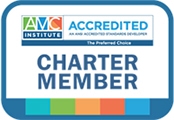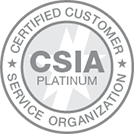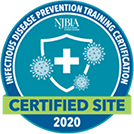When was the last time you reviewed your governing documents to ensure that they are aligned with each other?
There is a hierarchy to your governing documents
- State nonprofit corporation act
- Articles of incorporation
- Bylaws
- Policies and procedures
Each document must be consistent and compliant with the documents above it in the hierarchy; if not, the higher document takes precedence.

A state's nonprofit corporation statute supersedes any provision of the organization's other governing documents. It will contain default rules for areas that the other documents might not address. Those default rules should be looked at in case an organization wants to override any of the provisions via a specific provision in the bylaws.
Also, associations need to make sure other governing documents don’t permit practices that are prohibited by statute. Because statutes vary from state to state, make sure you review the relevant state requirements when drafting new governing documents.
The articles of incorporation set forth the name and purposes of the organization, and often other information like members’ voting rights, board composition and dissolution, all of which must be consistent with the state nonprofit corporation statute.
It is important to review the purpose clause. A clause drafted when the organization was first formed may no longer reflect the purpose today. The purpose clauses in the articles of incorporation and bylaws need to be consistent; if they aren’t, the articles of incorporation take precedence.
The bylaws should reflect the reality of the association’s actual practices. For example, the bylaws may call for an annual membership meeting, but in reality that may not be happening. The organization’s bylaws shouldn’t be so specific as to require frequent amending but, conversely, they shouldn’t be so vague that there is uncertainty.
Make sure the bylaws address all foreseeable scenarios. For example, if the bylaws contain a provision for removing a board member, make sure it also contains a provision for how that position gets filled.
When changes can be anticipated to occur fairly regularly, e.g. dues, number and titles of directors, the bylaws should give only general guidance or minimum requirements. The details should be left for policies and procedures.
Whenever an association is considering amendments to the bylaws or articles of incorporation an attorney should be consulted, to ensure that the amendments, as well as the other provisions, are consistent with state statute requirements and will ensure all of the provisions are consistent.




